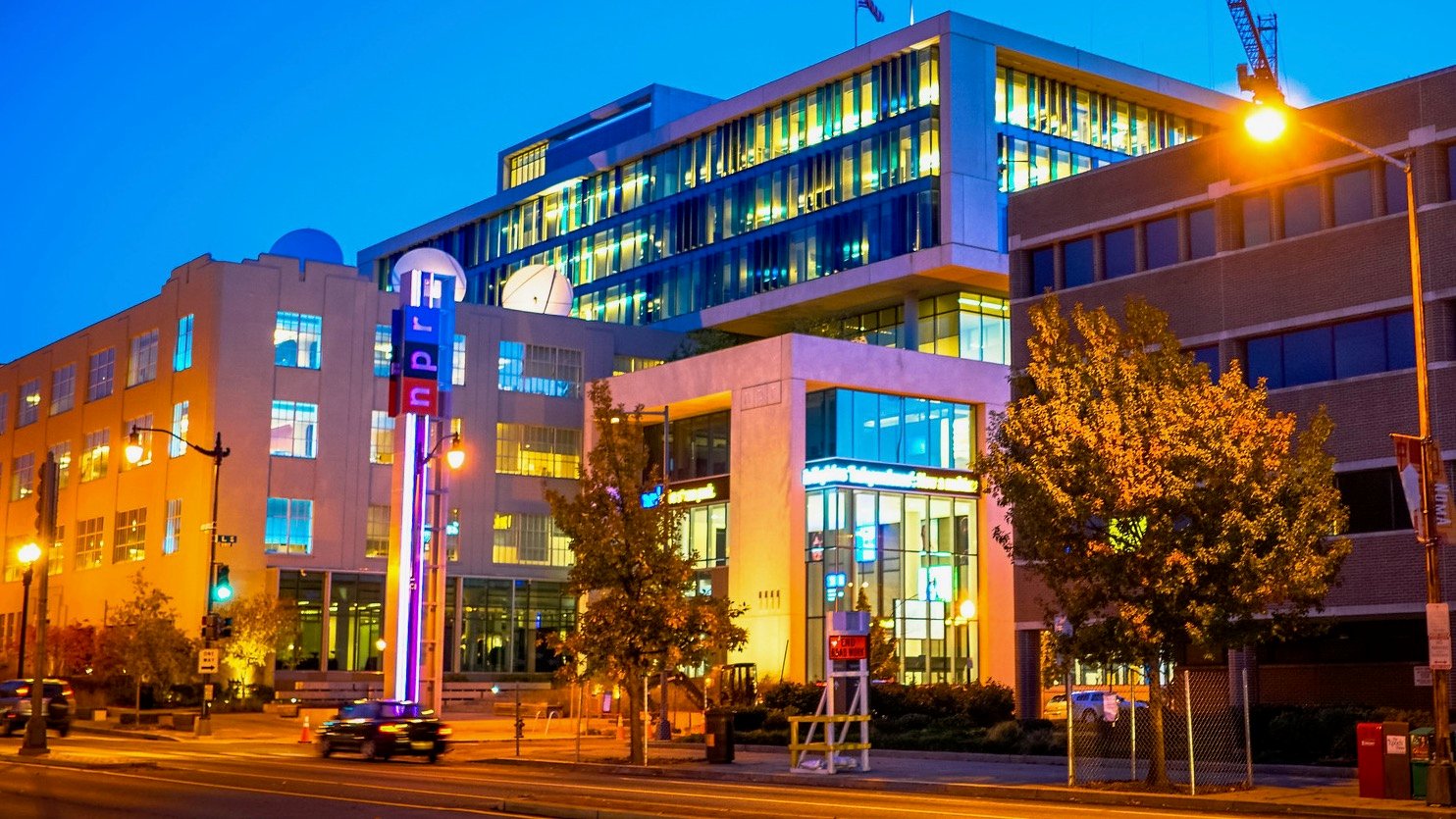NPR asks FCC to let more stations boost digital signals
NPR has joined an effort to revive a FCC proceeding that it says would allow radio stations to expand their digital signals’ coverage while protecting broadcasts on nearby frequencies from interference.
In a petition for rulemaking filed Monday, NPR, the National Association of Broadcasters and Xperi Corp. asked the commission to allow stations to use a technology known as “asymmetric digital sidebands” on a routine basis. Xperi and NAB have been working together on new technologies for digital radio use in cars.
Stations broadcast their digital HD Radio streams on sidebands — portions of radio spectrum that sandwich their analog signals. Because these sidebands are on the edges of a station’s signal, they have the potential to interfere with stations broadcasting on neighboring frequencies.
The FCC now authorizes stations to boost their digital power on a temporary and experimental basis, according to the petition. But when it grants such permission, it uses a calculation that assumes the sidebands are symmetric, with each broadcasting at the same power. That’s what NPR and its co-petitioners want changed.
“The use of symmetric sidebands for all calculations eliminates a viable path for many stations to increase power on at least one sideband, which would improve digital coverage,” the petitioners said in their filing. They cited a 2017 study by NAB and Xperi that found more than 4,000 stations could boost power on one sideband if the FCC allowed it.
NPR, NAB and Xperi argue that allowing asymmetric sideband power on a routine basis would “strengthen the existing digital radio ecosystem and facilitate the continued growth of digital radio.” They point out that sales of HD Radi0–enabled receivers continue to grow as more car manufacturers include the devices in new models.
According to the petition, the FCC sought comment in 2011 on a request to permanently authorize asymmetric sideband power but took no action after comments closed in January 2012. There was “virtually no opposition” to the request, the petitioners said.






I am a fan of allowing asymmetrical HD injection levels, but there needs to be a formalized mechanism for resolving interference issues. While it’s undoubtedly rare, it CAN happen where two adjacent-channel stations can have one station increase HD injection above -14dBc, and then at a later date the other station will physically move to a location that would’ve prohibited the first station from going above -14dBc in the first place. Right now, there’s no mechanism in place to deal with this; the FCC takes the attitude of “they were there first, you have to prove they’re causing interference” which, of course, is impossible since you just moved your facility; how can you prove interference when there’s no baseline to measure against?
I know this can happen because what I describe above is EXACTLY what’s happening between WPKT 89.1 Norwich CT and WNPN 89.3 Newport RI.
Again, I doubt it will be a common occurrence but it CAN happen and therefore the FCC needs to create a process to deal with it in a fair and reasonable manner when it does. And broadcasters need to know what it is so they can plan accordingly. If the current “no plan” stays in place, it essentially forces stations to upgrade immediately to get as much HD injection as possible (even if it’s not cost-effective) just to make sure nobody else moves in and blocks them from doing it later.